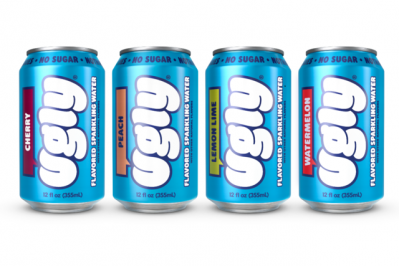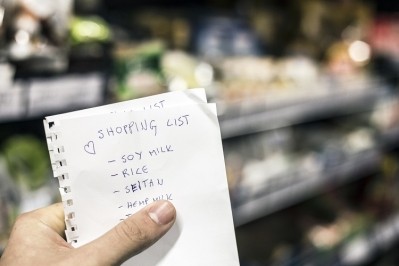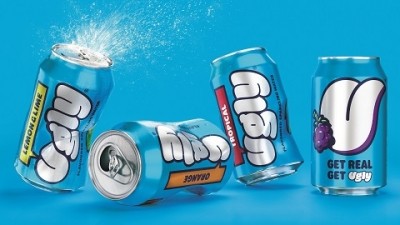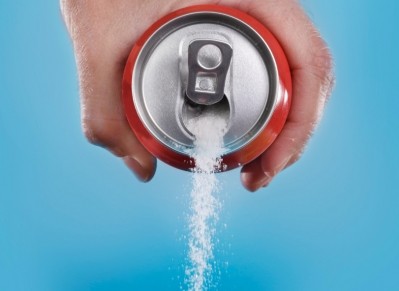‘It’s been a rollercoaster’: Ugly Drinks CEO shares lessons learnt from US launch
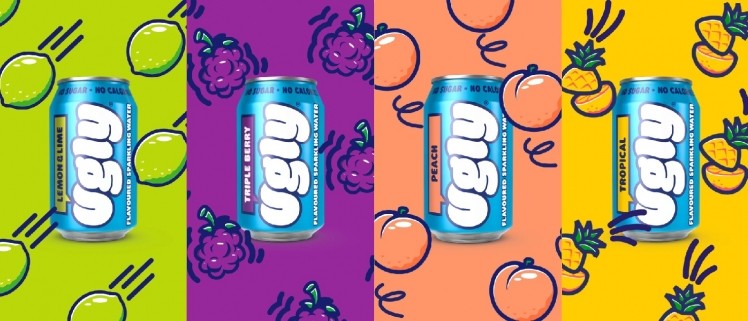
UK start-up Ugly Drinks was founded in a London apartment on a shoe-string. Four years on, the challenger brand is listed in retailers across the UK – including in both Tesco and Sainsbury’s – and boasts more than five million can sales to date.
Such sales data, however, is not purely UK-centric. Twelve months ago, Ugly expanded across the pond to challenge the US soda market. “It’s been a rollercoaster,” reflected Ugly co-founder and CEO Hugh Thomas.
Together with co-founder Joe Benn, the duo was driven to go global from day one. “We always wanted to create a global brand with a local mind-set,” revealed Thomas at start-up festival Bread and Jam. The co-founders have set out to solve the same problem across the pond that they are tackling in the UK. “People are drinking sugar sweetened soda here, people are drinking sugar sweetened soda there. It’s causing mass obesity, diabetes, and general unhappiness,” said Thomas.
“And the problem is mainstream,” he continued, referring to the global soft drinks category predicted to be worth US$412bn by 2023. “It’s not a small problem.”
Ugly’s solution is an alternative to sugar sweetened soda at an affordable price point. The ‘totally unsweet’ carbonated beverage is made from fruit-based essential oils and sparkling water with no sugar, sweetened additives, or calories.
“We believe that soda as we know it is dead. Nobody wants to be drinking sugar, sweetener, caramel, or all sorts of artificial nasties. But everybody still loves an ice cold can moment” – Ugly Drinks co-founder Hugh Thomas
Since the brand launched stateside in 2018, Ugly Drinks is listed in between two to three thousand stores across the US with healthy direct to consumer (DTC) sales: “We shipped around 25,000 deliveries last year,” Thomas confirmed.
Yet learning the US market and setting up Ugly’s international arm has ‘been a rollercoaster’, the co-founder admitted, as he shared some key lessons learnt from making the jump across the pond.
‘Get in the market’
Prior to 2018, the co-founders spent time in the US scouting out the category. However, it wasn’t until Thomas moved to live in New York permanently, to ‘get in the market’, that things really got underway.
“You can’t just dip your toe in the water in the US. Moving my whole life there totally changed our business,” he explained. It allowed him to network, meet with clients and consumers, learn the industry, and learn the investment environment. “Realistically, [had I continued to do] what I had done the past year in the UK, we wouldn’t have got very far. Everything is affected by being there in person. Getting in the market has been invaluable.”
Further, in the US, building professional relationships can prove crucial to the success of a company, he continued. “Networking unlocks all the answers,” he said, suggesting that a lot more is ‘done in person’ across the pond than in his native UK.
‘Understand the economics’
Ugly observed significant differences between distribution channels and product specifications between the UK and US. “There are different models to get your products on shelves, different margin expectations, different competitive sets, different prices,” said Thomas. Such discrepancies have prompted Ugly to mix up its format for the two markets: the brand is now selling eight-packs, rather than 12-packs, in some channels across the pond.
Packaging requirements also vary. In the US, the standard can size is 355ml rather than the UK’s 330ml. And recycling symbols, barcodes, nutritional panels, language, and calorie counts are all treated differently.
Learning distribution models is also key to ensure nationwide coverage. “Beverage distribution is done totally differently [in the US]. Different regions, different states, and different cities have different distributors. All have different margin models and ways of working,” he continued, using New York and California as examples of more expensive geographies in terms of operation costs.
Understanding the scale and geography of the US, and potential climate-related intricacies of each region, is also key. “If you manufacture or distribute your product from the wrong place, [logistics costs] will eat up all your margin,” said Thomas, adding that DTC shipping is costly. “You need to be smart and strategic, you can’t just manufacture your products and [send them] everywhere without thinking about it.” Recognising the potential for winter sales in hotter climates, like in Tennessee and California, could also help inform geographical strategies, he continued.
‘The opportunity is huge’
Challenges aside, the co-founder encouraged other challenger brands to try their luck in the US. The large-scale country offers ‘huge’ opportunity. “It’s massive. You can build a big brand in one state. You can build a big brand in one city.
“There are massive opportunities out there, and they are there for the taking.”
